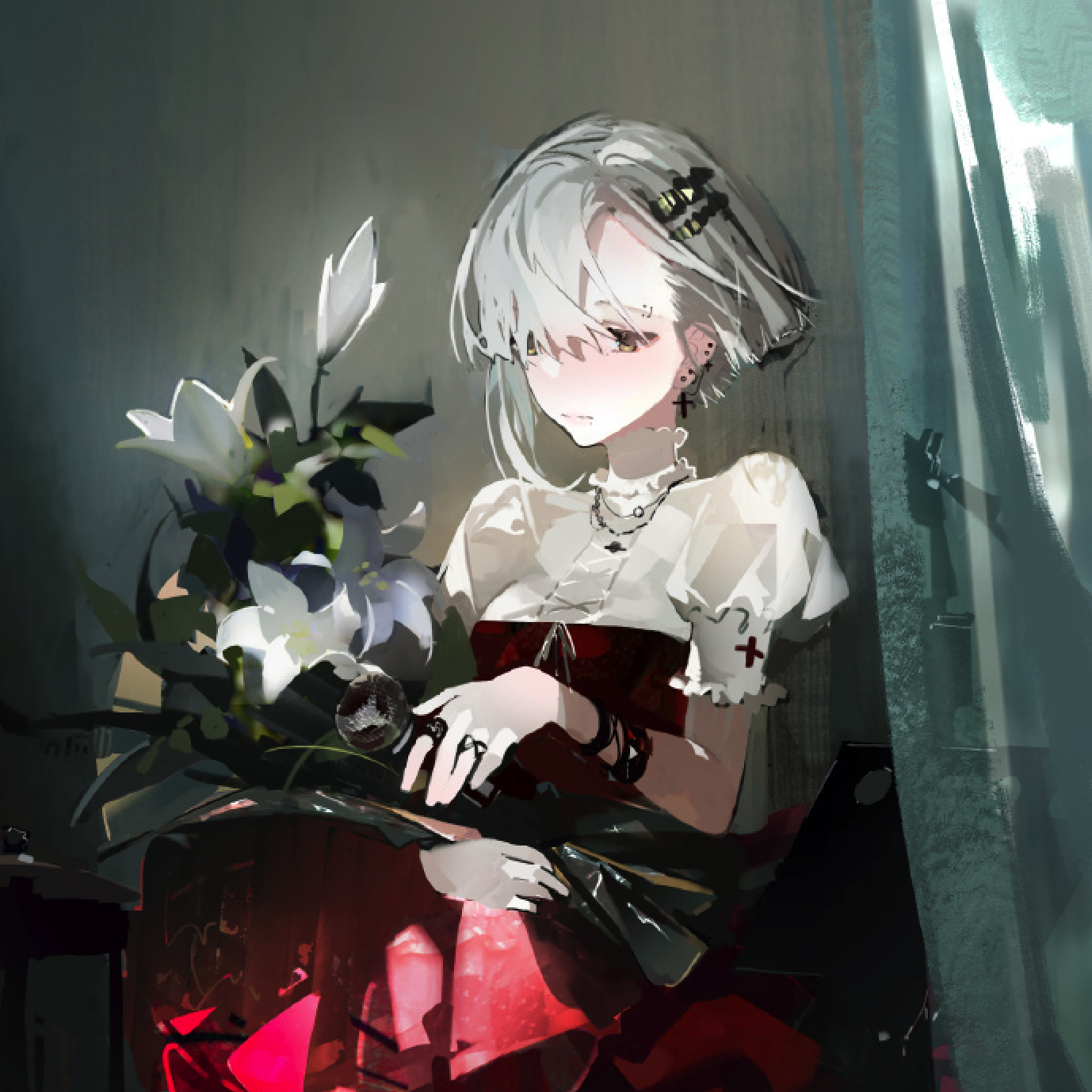Mathematical Basics of the System Theory PART III
Prac 8. Linearization of Plants and System Models
Examples about finding quilibrium position
Good old controllability and observability
Assignment discussion
Representation of the derivative by the ratio of finite small increments
The recurrent notaion
Transfer function “input - output”
Assume that after substitution values of parameters we get:
Write matrices $\bar{A},\bar{B},\bar{C}$ for the value of the sample time interval $\triangle t = 0.05s $
Integral model of the continuous-time plant in the “input-output” form
Confine to the first k members as you wish.
Lec 11. Controllability and Observability
Purpose of control: we need a plant to behave the way to achieve some goal or perform some function
In order to control a plant (a device or a process) we create a system which includes control and measuring devices.
A control system is an interconnection of components forming a system configuration that will provide a desired system response.
Stability
Definition (stability). Stability is a system property, in the presence of which the initial deviation of the dynamic process from its desired course decreases over time.
Definition (stability condition). A system, regardless of its continuous or discrete nature, will be stable provided that the unforced response of the state vector and the output will decrease over time, and in the case of asymptotic stability tend to zero.
Controllability
Consider the problem of existence of a control that can transfer the system from the initial state $x_0(t)=x(t_0)$ to any other desired location $x_f(t)=x(t_f)$ in a finite time.
Observability
Observability refers to the problem of the state vector estimation. It means that we need to determine if it is possible to find the state vector at the time $t_0$ if the control $u(t)$ and output $y(t)$ , $t\in[t_0,t_1],\ t_1>t_0$ are measured.
Prac 9. Autonomous system, Phase portraits
Consider the system
Find the solution of equation written as
To do this, multiply both parts by the matrix exponent $e^{-At}$
Integrate
$e^{At}x(0)$ - unforced (free) component of the movement depends only on the initial conditions
And the rest, it the forced component.
Algo for constructing a phase portrait
- Find the eigenvalues of the state matrix A by solving the auxiliary equation
- Determine the type of the equilibrium point and the character of stability.
- Find the equations of the isoclines:
Vertical: $\frac{dx_1}{dt}=a_{11}x_1+a_{12}x_2$
Horizontal: $\frac{dx_x}{dt}=a_{21}x_1+a_{22}x_2$
If the equilibrium position is a node or a saddle, it is necessary to compute the eigenvectors and draw the asymptotes parallel to the eigenvectors and passing through the origin.
Schematically draw the phase portrait. Show the direction of motion along the phase trajectories (this depends on the stability or instability of the equilibrium point).
